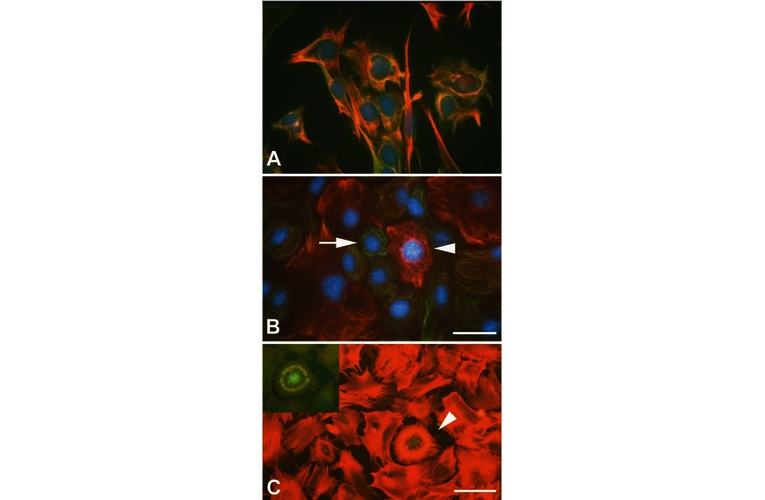Cat. #153624
UB-UE1 Cell Line
Cat. #: 153624
Unit size: 1x10^6 cells / vial
Availability: 3-5 days
Organism: Mouse
Disease: Hearing loss
Model: Immortalised Line
£575.00
This fee is applicable only for non-profit organisations. If you are a for-profit organisation or a researcher working on commercially-sponsored academic research, you will need to contact our licensing team for a commercial use license.
Contributor
Inventor: Matthew C Holley
Institute: University of Bristol; University of Sheffield
Primary Citation: Lawlor et al. 1999. J Neurosci. 19(21):9445-58. PMID: 10531448
Tool Details
*FOR RESEARCH USE ONLY
- Name: UB-UE1 Cell Line
- Alternate name: UB-UE1; UB/UE-1; University of Bristol/Utricular Epithelium-1; Utricular Epithelium cell line number 1
- Parental cell: Pure utricular sensory epithelia of 2-day old immortomouse pups
- Organism: Mouse
- Disease: Hearing loss
- Model: Immortalised Line
- Conditional: Yes
- Conditional description: Cells derived from C57 Bl6 mice carrying a stable insertion of the conditional immortalising gene H-2Kb-tsA58, which describes a temperature-sensitive variant of the SV40 immortalising gene that encodes the large tumour antigen under the control of the gamma interferon-sensitive MHC Class 1 promoter. The transgenic mouse is called the ImmortomouseTM (Jat et al 1991 Proc. Nat. Acad. Sci. USA 88, 5096-5100)
- Description: Derived from vestibular epithelium (utricular macula) using thermolysin treatment and dissection to ensure origin from sensory epithelial supporting cells at post-natal day P2. At this stage the supporting cells are normally post-mitotic but retain the ability to differentiate as sensory hair cells and or supporting cells. UB/UE-1 was characterised by timed expression under differentiating conditions in vitro of a combination of gene and protein markers for epithelial cells and for inner ear sensory cells. These include Cytokeratin, Vimentin, Myosin VIIa, Myosin VI, Brn3c, alpha9AChR and a combination of functional ion channels (see references). Screened with Affymetrix mouse Micro-arrays. The cells differentiate neonatal stage hair cell and supporting cell phenotypes under differentiating conditions in vitro
- Application: Inner ear development; Gene expression and function of inner ear-specific genes; In vitro screening for gene activation and promoter analysis; Ototoxicity studies (prescribed drugs and agents that ameliorate their affects)
- Biosafety level: 1
- Cellosaurus id: CVCL_D807
Applications
- Application: Inner ear development; Gene expression and function of inner ear-specific genes; In vitro screening for gene activation and promoter analysis; Ototoxicity studies (prescribed drugs and agents that ameliorate their affects)
Handling
- Format: Frozen
- Volume: 1 ml
- Growth medium: MEM with 10% FCS, 50Units/ml y-IFN, L-glutamine,
- Temperature: 33° C
- Unit size: 1x10^6 cells / vial
- Shipping conditions: Dry ice
- Storage conditions: Liquid Nitrogen
- Mycoplasma free: Yes
References
- Hackett et al. 2002. Exp Cell Res. 278(1):19-30. PMID: 12126954
- Lawlor et al. 1999. J Neurosci. 19(21):9445-58. PMID: 10531448




